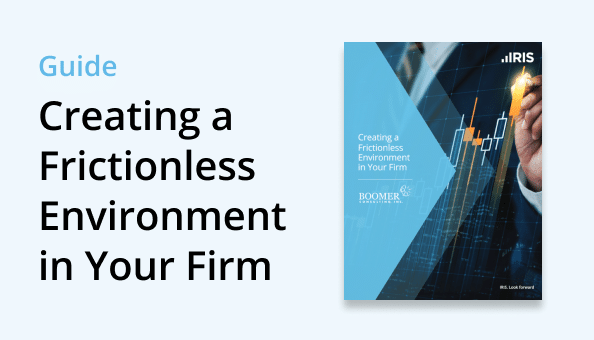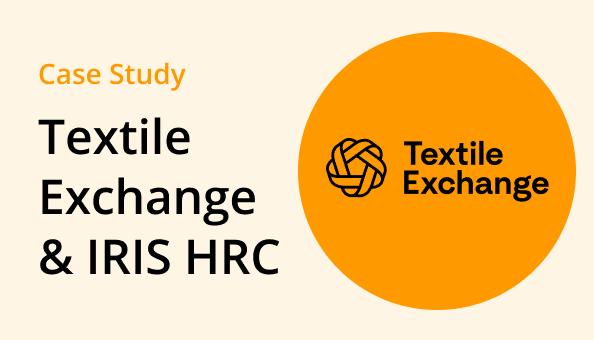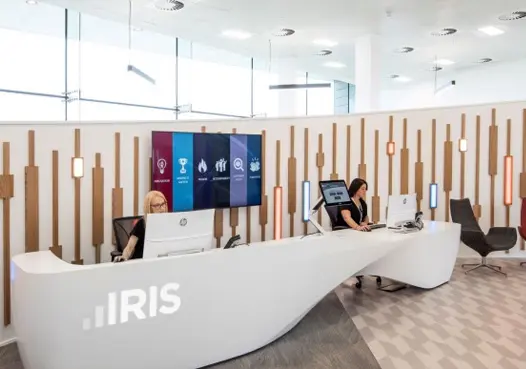BLOGS
FASB ASC 842 Accounting Standards Updates

Is your organization up to speed with all the Financial Accounting Standards Board (FASB) updates for ASC 842?
Since its publication in 2016, the FASB has issued several accounting standard updates and amendments to Topic 842, leases. These updates have often been issued to increase the transparency and comparability of lease liabilities on the balance sheet, deliver further clarification or provide accounting relief to preparers (lessors) when applying the new standard.
In this article, we look back at the amendments issued by the FASB from January 2018 right the way through to the recent amendments relating specifically to the COVID-19 pandemic.
ASC 842 as it was introduced
Published by the Financial Accounting Standards Board (FASB) in tandem with IFRS 16 from the International Accounting Standards Board (IASB) in 2016, Accounting Standards Codification Topic 842, also known as ASC 842 and as ASU 2016-02, is the new lease accounting standard which replaces the previous US GAAP leasing standard, ASC 840.
Topic 842 like IFRS 16 was designed and drafted with a view to addressing the issue of accounting for the assets and liabilities subject to operating leases. Under ASC 840, which itself was now some 40 years old, many lessees had taken full advantage of the “loophole” which allowed operating leases to be accounted for as revenue expense rather than balance sheet items with the “declaration” of outstanding commitments being “tucked” away in the footnotes of financial statements. Public companies began to implement the standard starting after December 15, 2018. Private companies will follow a year later on December 15, 2020.
ASC 842 represented a significant overhaul of the accounting treatment for leases, with the most significant change being that most leases, including most operating leases, would henceforth be capitalized on the balance sheet. With only short-term leases and low value assets now being exempt from capitalization requirements, the true level of “indebtedness” of businesses is evidenced easily by lenders, auditors, stakeholders and of course lessors.
ASC 842 Features
- A lease is more clearly defined with a requirement that –
- There must be an identified asset. To qualify as identified, the asset must be physically distinct, or the lessee must receive substantially all of the capacity of the asset. In addition, the lessor cannot have substantive rights to substitute the asset.
- The lessee must receive substantially all of the economic benefit. To determine what qualifies as “substantially all,” the parties must define the economic benefits of the asset and then determine the allocation of economic benefits.
- The lessee must have the right to direct the use of the asset. If how the asset will be used was predetermined, the lessee must have the right to operate the asset or they must have designed the asset in a way that predetermines how it will be used.
- The asset and associated liability are separated from any service element of the agreement with –
- The right-of-use asset calculated as the initial amount of the lease liability plus any initial direct costs and lease payments made prior to the commencement date, less any lease incentives.
- The associated lease liability being calculated as the present value of the lease payments, using the discount rate specified in the lease, or if not available, the company’s incremental borrowing rate (IBR).
- The Balance Sheet Impact
As we are now capitalizing operating leases it necessarily follows that there will be an increase in assets on the one side and an increase in liabilities on the other side of the balance sheet. There are a few exceptions as stated above, such as certain short-term leases less than or equal to 12 months in duration but in most instances, a right-of-use (ROU) asset will be recognized on the balance sheet along with a corresponding liability representing the lease obligation.
- Impact on the Income Statement
The treatment of operating and finance leases will differ on the income statement under the new ASC 842 standard. For finance leases, the interest and amortization of the lease are presented separately on the income statement. However, for operating leases, the two are combined into a single line-item. With operating leases, a straight-line expense profile typically results. With finance leases, the expense profile is typically front-loaded due to the separate interest on the lease liability.
Updates to ASC 842
The new standard has proved a major change in accounting and such a change whilst well documented has needed to be tuned as time and experience has identified areas in need of further clarification. FASB has responded with regular updates and you as lessees are encouraged to study them in full but some of those affecting lessees are summarized below –
2018-01 – amendments related to the following issues –
- entities with land easements that exist now or expired before an entity’s adoption of Topic 842, provided that the entity has not accounted for those land easements as leases under Topic 840.
2018-10 – amendments related to the following issues –
- Residual Value Guarantees– correction of a cross reference in ASC842 (Issue 1).
- Rate Implicit in the Lease – the amendment clarifies that a rate implicit in the lease of zero should be used when applying the definition of the term rate implicit in the lease results in a rate that is less than zero (Issue 2).
- Lessee Reassessment of Lease Classification –consolidates the requirements about lease classification reassessments into one paragraph and better articulates how an entity should perform the lease classification reassessment, that is, on the basis of the facts and circumstances, and the modified terms and conditions, if applicable, as of the date the reassessment is required.
2018-11 – amendments related to the following issues –
- Transition—Comparative Reporting at Adoption (issue 1) – provides entities with an additional (and optional) transition method to adopt Topic 842. Under this transition method, an entity initially applies the transition requirements in Topic 842 at that Topic’s effective date with the effects of initially applying Topic 842 recognized as a cumulative-effect adjustment to the opening balance of retained earnings (or other components of equity or net assets, as appropriate) in the period of adoption.
- Separating Components of a Contract (Issue 2) – clarifies that the following are not components of a contract and do not receive an allocation of the consideration in the contract:
- Administrative tasks to set up a contract or initiate the lease that do not transfer a good or service to the lessee
- Reimbursement or payment of the lessor’s costs. For example, a lessor may incur various costs in its role as a lessor or as owner of the underlying asset. A requirement for the lessee to pay those costs, whether directly to a third party or as a reimbursement to the lessor, does not transfer a good or service to the lessee separate from the right to use the underlying asset.
2019-01 – amendments related to the following issues –
- Determining the fair value of the underlying asset by lessors that are not manufacturers or dealers (Issue 1)
- Presentation on the statement of cash flows—sales-type and direct financing leases (Issue 2)
- Transition disclosures related to Topic 250, Accounting Changes and Error Corrections (Issue 3).
2019-10 – amendments related to the following issues –
- For certain entities the costs, time and resource necessary for compliance to ASC842 or indeed other standards or updates to standards have been recognized by FASB and to mitigate the effect FASB has updated target dates for compliance. The affected entities exclude larger Public Companies but include private companies, smaller public companies, not-for-profit organizations, and employee benefit plans.
2020-05 – amendments related specifically to the COVID-19 pandemic, with FASB issuing a proposed ASU on April 21, 2020, to delay the effective date for compliance for certain types of entities by amending the effective dates for the standard to –
- Defer implementation by one year for non-public entities—effective for fiscal years beginning after December 15, 2021
- Defer implementation by one year for public not-for-profits that haven’t yet issued their financial statements—effective for fiscal years beginning after December 15, 2019
Impact of Implementation of Topic 842 – June 2019,
“FASAC members participated in the first of a series of discussions on the FASB’s post-effective date assessment of costs and benefits of the leasing standard. This session focused on public companies’ initial and recurring costs of transitioning. Some Council members noted that although the adoption of the standard had an insignificant overall impact on some companies’ financial statements, the initial level of effort and cost to apply the standard was somewhat higher than originally anticipated, primarily because of needed systems changes or new systems. Some members also commented on some of the benefits of adoption to their companies: better centralized processes to manage their leases, improved internal consistency of leases, and increased ability to manage an organization’s asset base and lease obligations. Expected recurring costs include costs to capture the required data, sustain internal controls, and preserve systems.
Other members, particularly investors and users, are beginning to consider the resulting changes in companies’ financial statements and how those changes impact their analysis or models.”
Summary
It is a year since those discussions and though effective dates may have been amended the need for compliance has not changed. To enjoy the benefits identified above and to mitigate against the risks in transition and implementation, lessees are well advised to refrain from reinventing the wheel and encouraged to instead stand on the shoulders of those that have gone before. IRIS Lease Accounting has a purpose developed, proven cloud-based solution that is relied upon by over 160 corporate entities worldwide – many of which are listed on the FTSE and other international stock markets. These entities depend on the solution to help ensure compliance with the new accounting standards and ongoing financial reporting.
To find out how our lease accounting software caters for the updates issued by FASB and help your organization comply with the new lease accounting standard, request a free demonstration of the solution today.












